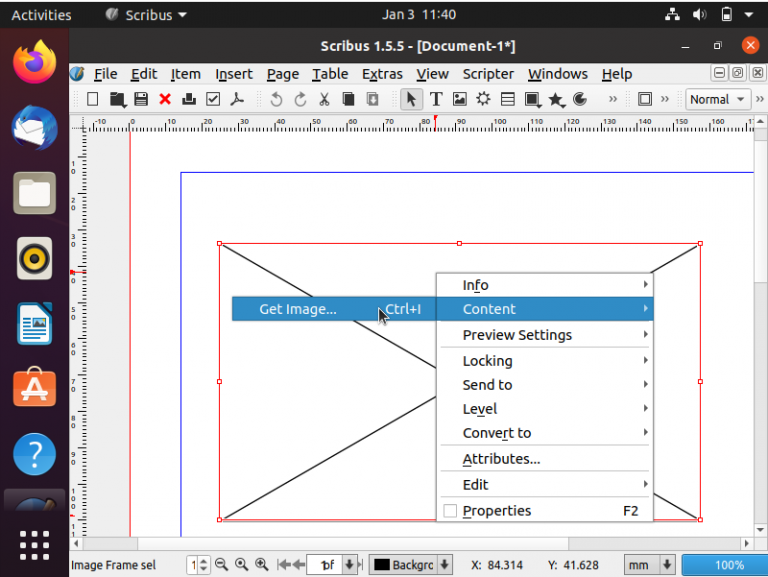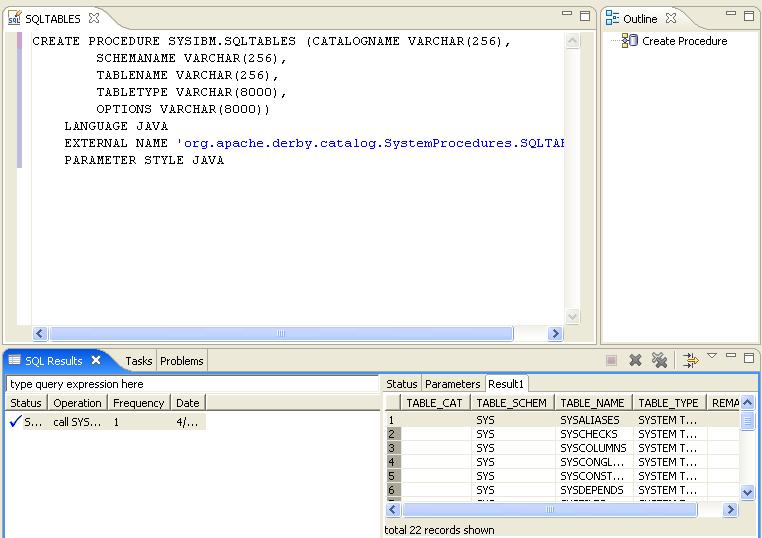

Openness has been central to modern science since its inception, through the publication of theories and data on which they are based, and the encouragement of replication, scrutiny and challenge. The funders had no role in study design, data collection and analysis, decision to publish, or preparation of the manuscript.Ĭompeting interests: The authors have declared that no competing interests exist.

This is an open access article distributed under the terms of the Creative Commons Attribution License, which permits unrestricted use, distribution, and reproduction in any medium, provided the original author and source are credited.ĭata Availability: Open Science Drone Toolkit details are publicly available from Vuela ( ), and data for the example use case is publicly available from the OSF repository ( ).įunding: Funding for this project was provided by Mozilla Foundation (Mozilla Science Mini Grant, ) to GPI and PB, Knowledge/Culture/Ecologies (KCE2017, Western Sydney University, ) to PB, Shuttleworth Foundation (Flash Grant, ) to PB, Programa Cooperativo para el Desarrollo Tecnológico Agroalimentario y Agroindustrial del Cono Sur (PROCISUR, to GPI, Instituto Nacional de Tecnología Agropecuaria (PNCYO-11240-PD-E3-I060, ) to GPI. Received: SeptemAccepted: MaPublished: April 6, 2023Ĭopyright: © 2023 Pereyra Irujo et al.

PLoS ONE 18(4):Įditor: Vona Méléder, Universite de Nantes, FRANCE Our results demonstrate the possibility of capturing research-grade aerial data using affordable, accessible, and customizable open source software and hardware, and using open workflows.Ĭitation: Pereyra Irujo G, Bernaldo P, Velázquez L, Pérez A, Molina Favero C, Egozcue A (2023) Open Science Drone Toolkit: Open source hardware and software for aerial data capture. Data obtained with this toolkit over a wheat field was compared to data from satellite imagery and a commercial hand-held sensor, finding a high correlation for both instruments. The Open Science Drone Toolkit was built through a collaborative and iterative process by more than 100 people in five countries, and comprises an open-hardware autonomous drone and off-the-shelf hardware, open-source software, and guides and protocols that enable the user to perform all the necessary tasks to obtain aerial data. The objective of this work was to collect, curate, organize and test a set of open source tools for aerial data capture for research purposes. Uncrewed aerial vehicles (UAVs, or drones) can be a powerful tool for research in disciplines such as agriculture and environmental sciences, but their use in research is currently dominated by proprietary, closed source tools. Despite the increased access to scientific publications and data as a result of open science initiatives, access to scientific tools remains limited.


 0 kommentar(er)
0 kommentar(er)
